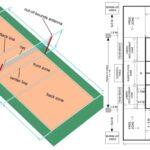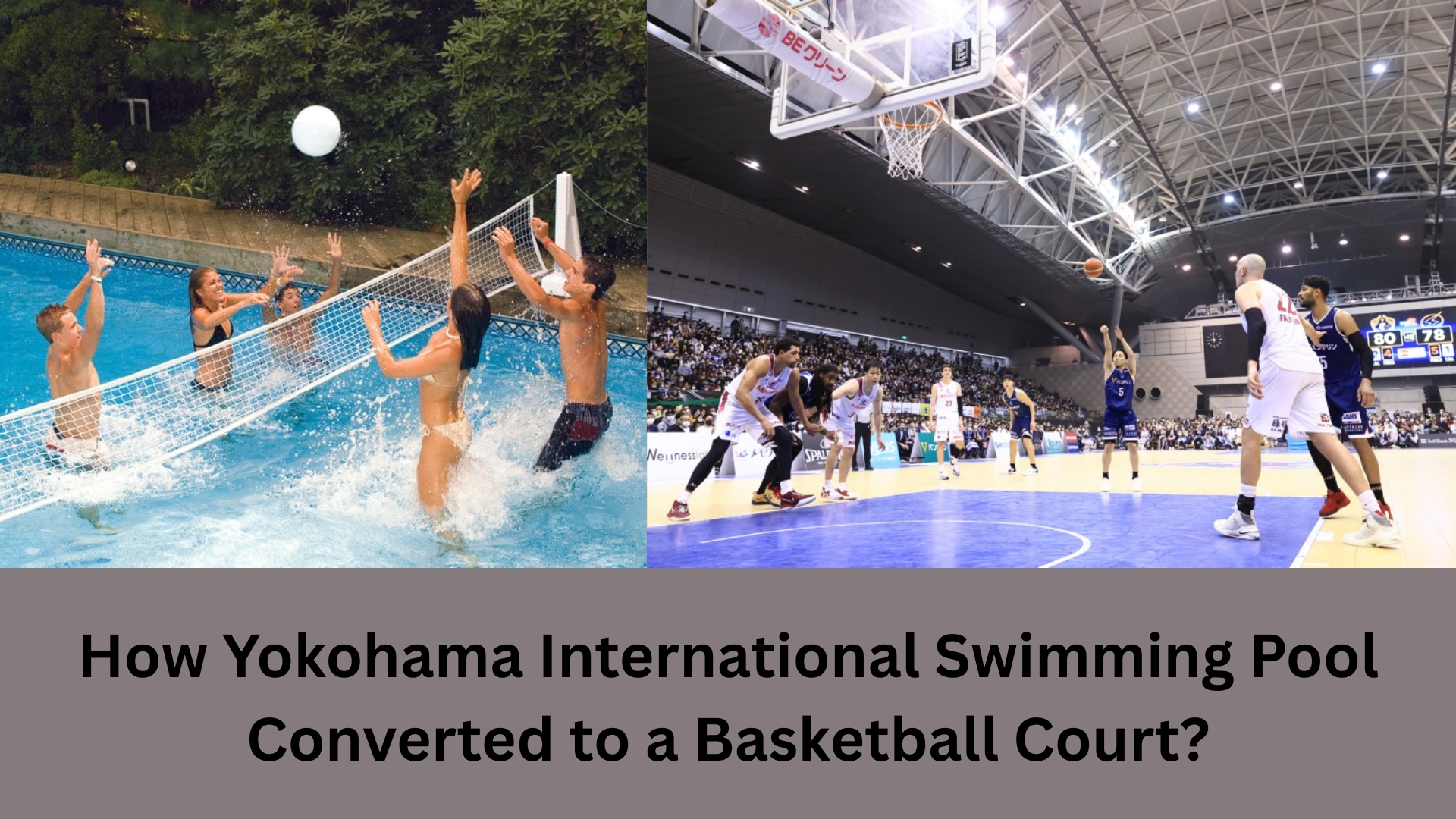Yokohama International Swimming Pool was converted to a basketball court for a specific reason. During the summer, it operates as a swimming place. During winter, it is turned into a basketball court. Therefore, this transformation features great engineering and flexibility.
Research on multi-purpose venues suggests their efficiency. Thus, the analysts observe financial gains of using year-round. Such models are considered sustainable by researchers. However, these convertible spaces optimize the investment for the people. So, they eliminate the use of many single-sport stadiums.
Suppose there were a disappearance of an Olympic pool. In its place is a professional basketball court. Therefore, this is not a magic trick. It is the fact at Yokohama at its Water arena, which can be attributed to an excellent architectural design and progressive urbanization. Thus, this place reinvents the concept of a public place.
A Venue of Two Halves
The center, which is also known as the Water Arena, was inaugurated on July 4, 1998. It is based in Tsuzuki-ku, Yokohama, Japan. However, this magnificent building belongs to the city of Yokohama. Its major role is aquatics. Therefore, the primary pool is 50 meters long by 30 meters wide. It has 10 lanes. This is also to international swimming competition standards. There is also a separate 25-meter by 25-meter diving pool. It has a depth of 5 meters. Another sub-pool, again 50 meters long, gives additional pool space to the swimmers.
In the spring and summer, it is a swimming venue. It has also been the host of major international events. Here were hosted the 2002 Pan Pacific Swimming Championships. This was also used in the 2006 FINA Synchronised Swimming World Cup. Thus, these events attracted the world-class athletes to Yokohama. The design and features of the pool make it a perfect venue for high-level competition. It has a spectator capacity of 4000 in cases of swimming events.

The Seasonal Transformation
A major alteration occurs during the fall and winter. So, there is an impressive transformation of the main pool. The water is drained. An additional layer of flooring is done over the pool basin. Thus, this procedure produces a solid surface. This new surface is a sports court. The place has been changed to an indoor arena, instead of an aquatic center. Therefore, the dual-purpose design is an ingenious idea. It guarantees that the building is usable throughout the year.
It is an elaborate engineering undertaking. However, the system of panels is installed by the workers in place of the empty pool. These panels lock together. A stable level foundation is made up of them. On top of this structure is then constructed a wooden basketball court. So, this is a process that needs accuracy. Each composition has to be fitting. What is left behind is a professional-quality basketball arena. The seating capacity is raised to 5,000 during basketball games. Thus, this development renders the arena fit to accommodate large crowds.
The Yokohama International Swimming Pool has this seasonal transition as one of its main characteristics. It enables the venue to cater to several different sports societies. Between November and March, the emphasis is on indoor sport. The arena is prepared for a new action season.
Home of the Yokohama B-Corsairs.
The former arena turns into the home of a professional basketball team. Therefore, the Yokohama B-Corsairs compete in the B.League, which is the highest professional league in Japan. The Yokohama International Swimming Pool is the main venue of the team. This provides a base of home for the team. It also gives fans a location where they can watch their favorite players.
The air of a B-Corsairs game is self-charged. The stands are full of thousands of fans. They cheer for their team. It is made even more exciting by the unique setting. The audience is viewing a match in an empty swimming pool. This fact renders the experience memorable. The arena offers every facility necessary for a professional game. This incorporates team locker rooms, lighting, and scoreboards.
It is significant to cooperate with the B-Corsairs. It introduces professional sports to society. Therefore, it is also a revenue generator for the facility. This is to preserve the venue. This enhances the arena’s profile with the presence of a professional team. It becomes a sports landmark among the fans of sports in Yokohama.
More Than Just Basketball
It is not only a single sport that is converted. Other activities can be done by the versatile floor system. Tennis matches can be held in the arena. It is also possible to install it in futsal (indoor soccer). This flexibility makes the venue a multi-sport complex. It can serve different interests of sports in the community. The fact that they can host tennis and futsal increases the reach of the facility. The space can be used by local tournaments and recreation leagues. This gives more time for people to be active. The venue endorses a healthy living among the Yokohama residents.
In addition to sports, the arena is the venue of other community events. Here, flea markets are conducted regularly. Such activities cause a large number of people to visit the facility. They establish an active community scene. Another event is the Bamboo Lantern Festival. It illuminates thousands of lights on the grounds. These occasions demonstrate the place of the venue as a social and cultural hub.
The Engineering Behind the Magic
The court is made out of the pool, which was designed creatively. The movable floor or convertible space is not something new. Nevertheless, it is grand and executed at the Yokohama Arena. The court has to be supported by the floor panels. They are also required to deal with the dynamic forces of a basketball game. Running and jumping put a heavy strain on the players.
The first step is the draining of the huge main pool. The surface of the pool is then made ready as soon as it is emptied. The panel system is introduced. These interlocking panels form a safe subfloor. The court is a polished wood, which is laid on top of the basketball court. The lines are painted. The baskets are installed. The transition is complete.
Slip of the surface is one such difficulty that is reported. Condensation can be an issue. The warmer arena air may have an increase in moisture due to the temperature difference between the cool pool basin underneath and the warmer air in the arena. Ventilation and climate control is very important. They help manage this issue. They provide a safe environment for the athletes.
A Model for Sustainable Venues
There is a special ending to the Yokohama International Swimming Pool as far as facility management is concerned. It is a roadmap of the sports arena of the future. Individual-purpose stadiums are costly. They regularly lie vacant and idle. Such a multi-purpose facility is more intelligent. It is a value-add year-round. It has a broader scope of people served.
This paradigm disapproves of a disposable infrastructure. Yokohama has not constructed summer and winter sports facilities separately; rather, he designed a facility that incorporates both. This is not merely any gimmick. It is a deep one concerning resourcefulness. The arena shows that having a creative design, a single space can play out numerous roles. It represents an ethos of flexibility. In a world with scarce resources, this principle plays a crucial role. The pool, which has turned into a court, is not merely an engineering triumph. It is an expression of smart, green city planning. It demonstrates how cities are able to fulfill various demands without imposing limits.











